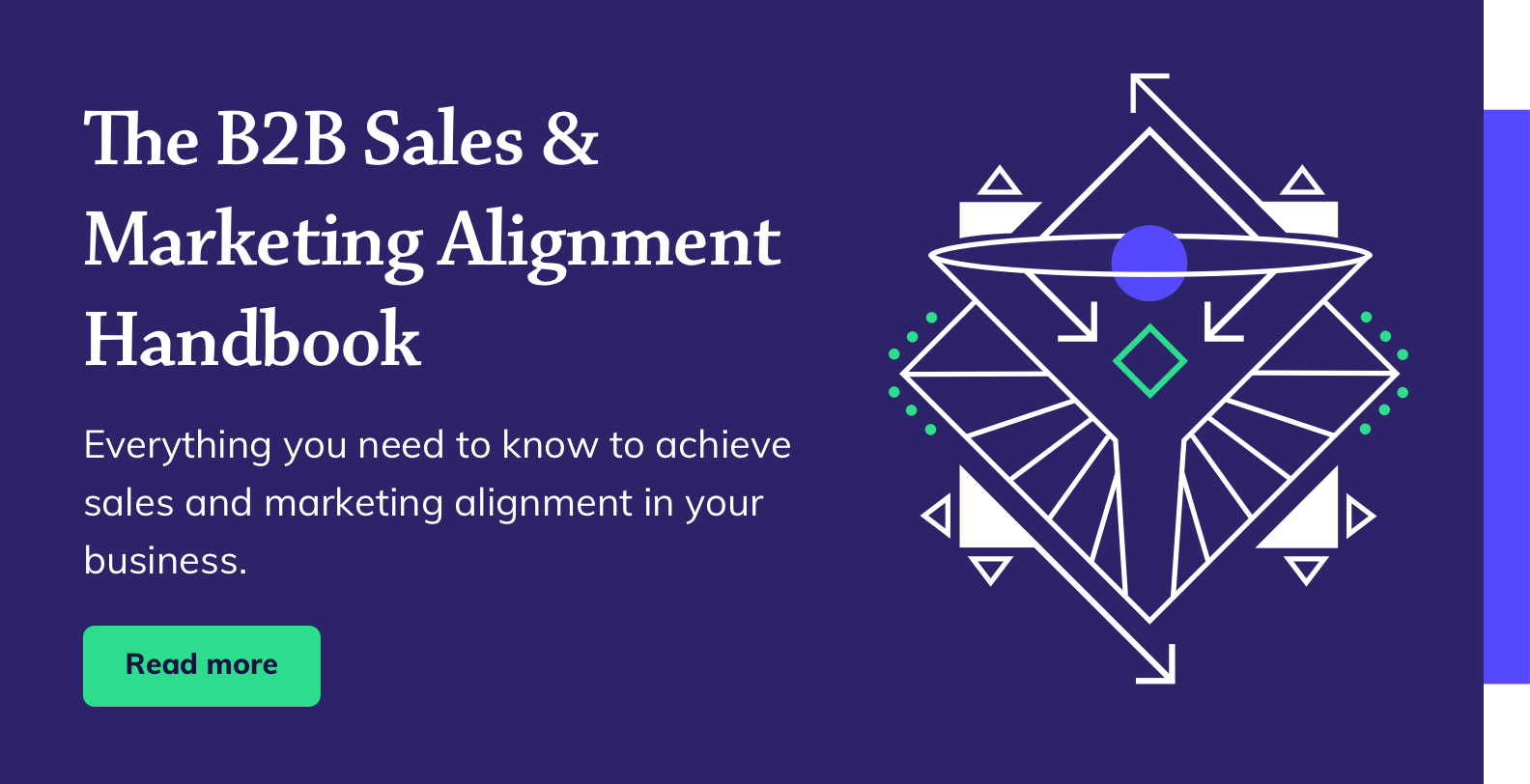Inbound sales is, in essence, the application of the buyer-centric philosophy behind inbound marketing to the sales process, all the way to the point of purchase.
The environment in which business buyers make purchase decisions has changed dramatically in recent years. This change has rendered many tried and tested sales and marketing methods redundant.
Outbound, interruptive tactics for reaching and influencing buyers, like direct mail, unsolicited email and cold calling, simply no longer produce reliable results.
The marketing community has adapted to the new way that businesses buy, embracing digital, content and social marketing, and using these mediums to listen, educate and help rather than blasting their message out to unwilling audiences.
But new buying preferences don’t only affect the way that buyers react to our marketing methods .They also affect the way they respond to sales, meaning that sales has to change too.
Inbound sales is the application of a buyer-centric philosophy that aligns with the new way businesses buy.
Adoption of inbound sales is achieved in 3 steps:
- Marketing takes responsibility for more of the buying process
- Marketing and sales technology and process integrate more closely
- Sales people adopt an inbound attitude to selling
Why must marketing take more responsibility for the buyers journey?
Frankly, because buyers demand it.
More and more, buyers are exercising their preference for self-service. Buyers today prefer to perform most of their research and decision making online, in order to retain control and choice.
Picking up the phone to talk to sales is reserved for the very end of the buying process, when the decision to purchase has more or less been made.
Brands that align with these preferences, offering greater levels of online self-service, are winning.
While sales is still a vitally important function for almost all businesses, their reach, influence and, hence, role in the purchase decision process has changed.
It falls instead to marketing to attract early decision stage buyers and provide them with the information they need during consideration.
When performed successfully, this approach delivers a higher number of qualified leads to the sales team, reducing their dependence on cold outreach.
How is marketing technology supporting sales?
With buyers remaining in self-service mode for longer, and more of the buying decisions process being conducted remotely, online, marketing technology has become more necessary and more advanced.
Marketing automation platforms that track buyer behaviour, aggregate lead data and personalise content have become the norm.
But B2B leads rarely follow the path that we lay out for them. Both sales and marketing need to be ready and able to respond to a hot lead at any time and across any channel, throughout the entire lifecycle, making a single view of the customer invaluable.
To create this single view of the customer, integration between CRM systems and marketing automation platforms is a necessity.
Beyond this integration, live chat and messaging tools are creating an even deeper connection between sales and marketing connecting, putting sales people directly in touch with website visitors. In the right setting, this can dramatically reduce friction and increase conversions.
How do sales people go inbound
Buyers do not need or want to engage with sales people any more to learn about product specs, features, benefits or, in many cases, pricing. They expect to be able to find this information online.
Instead, sales people are expected to provide a more personalised, advisory service toward the end of the purchase decision.
To be able to perform this role, sales people need to use the available tools and techniques to:
- Identify good fit prospects, across all channels, whom they can help to succeed
- Access and interrogate data to properly qualify and understand prospects
- Listen to the available signals, on the lookout for signs of specific pain or purchase intent
- Provide real value, for free, from the first contact
This is the inbound approach to selling.
Inbound marketing should be providing sales people with more decision-stage buyers to help across the line.
But the advisory, buyer-centric and personalised selling approach isn't limited to inbound leads.
Even when prospecting and conducting outreach, sales people can apply the inbound selling approach to generate better results.
Putting it all together
Combine these three measures and you effectively align your entire sales and marketing function to the way your buyers increasingly prefer to buy.
Be warned, results from all of these initiative are not instant, taking time to establish themselves, nor do they replace traditional sales strategies completely - so don't turn off your current sales approach overnight.
If you are open to looking for them, however, you should see the green shoots of success coming from the adoption of these methods very quickly.





